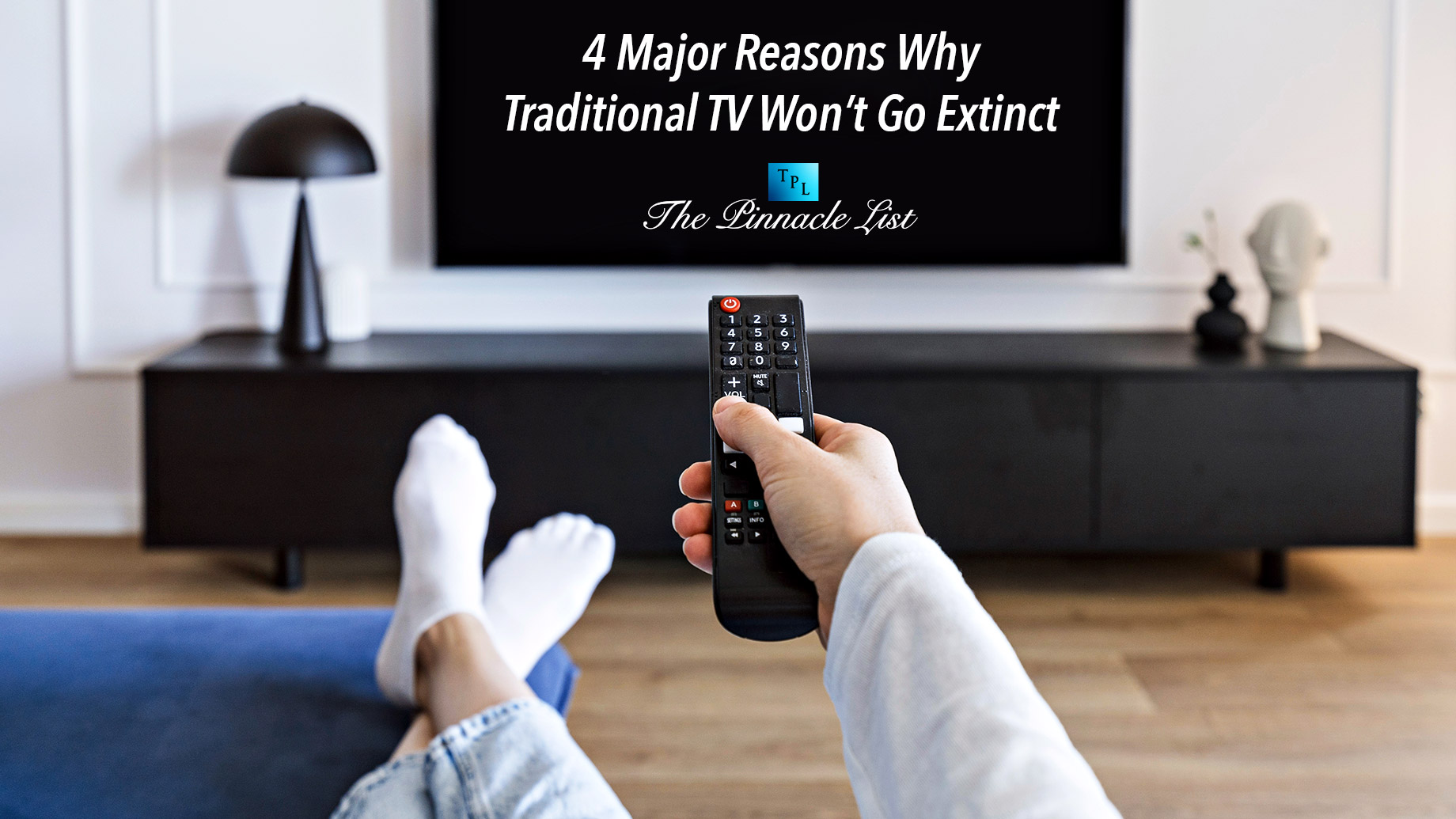
For the past two to three years, many people have been claiming that traditional TV is dying, and it’s due to the growing popularity of on-demand and live TV streaming platforms. But the truth is, it’s still alive and kicking. According to Statista’s latest report, 63% of viewers in the United States use both traditional and streaming services. That’s a big number, and it shows how people can’t let go of their traditional TV subscription or “cut the cord,” as many say.
Now, since you’re here, there are two things that are probably on your mind when you read this article’s title, and it’s either you agree or disagree. Nonetheless, we’re here to share with you why we think traditional TV will never go to extinction, even with these streaming services in the market. Let’s start!
1. It’s proven to be reliable
Traditional TV has been around for decades, so we all know that its infrastructure is already well-established. This means that you can generally rely on it for consistent and uninterrupted watching unless there’s a major outage or a technical issue. Streaming services, while improving, can still face buffering issues, especially during peak hours. You also need to have a high-speed internet connection to actually make it work. But with satellite TV like DIRECTV, for example, you can enjoy reliable reception even in areas without reliable internet coverage.
2. You get a wider content selection
Since traditional TV service providers needed to up their game to compete with major streaming platforms, they’ve mostly expanded their content libraries. This means you can now find a wider selection for TV channels, movies, and even TV series. They also often offer exclusive content like live sports events and award shows.
You might say, but streaming services also has a lot of content, so how does that make traditional TV better? Well, it’s simple. It doesn’t have the live TV channels we all love. In most cases, you have to choose between an on-demand streaming platform and a live TV streaming service because they’re usually offered separately. But with DISH Network, for example, this leading satellite TV not only offers local channels (sports, news, lifestyle, etc.) but also provides on-demand content. What more could you ask for?
3. It’s easier to use
The technology we have right now is constantly developing and changing and many of us are struggling to keep up, especially the elderly. Traditional cable and satellite TV remain relatively simple to use. You just turn on the TV, select your preferred input, and start browsing through the channels like the good ‘ol days.
There’s no need to deal with complex interfaces. And of course, we’re not dismissing the effort of streaming service providers in making their platforms more user-friendly. But still, it can still be complex for some users, especially those who are new to technology. Most of these platforms require multiple apps, logins, subscriptions, and more, which can be time-consuming and confusing.
4. You don’t need an internet connection to watch
The biggest advantage of traditional TV over streaming services is that it doesn’t rely on an internet connection. Whether your Wi-Fi is down, your data is limited, or you live in an area with poor connectivity, you can still watch your favorite TV shows without any problem. You don’t need to worry about paying for high-speed internet connection, which can actually save you a lot of money in the long run.
Final Thoughts
Traditional TV isn’t going anywhere, and it is for sure sticking around for many years ahead. If you’re having an issue deciding whether to cut the cord or keep your TV subscription, it’s important to carefully consider what you watch and how you want to watch it. And if you can’t still decide, why not choose both? After all, it’s becoming the new norm.